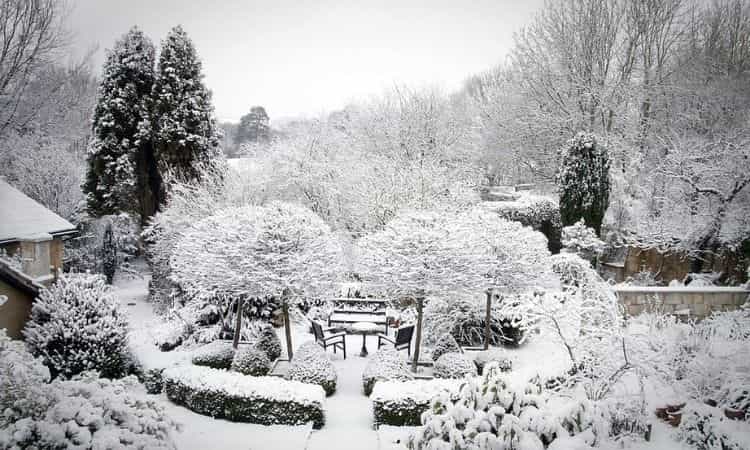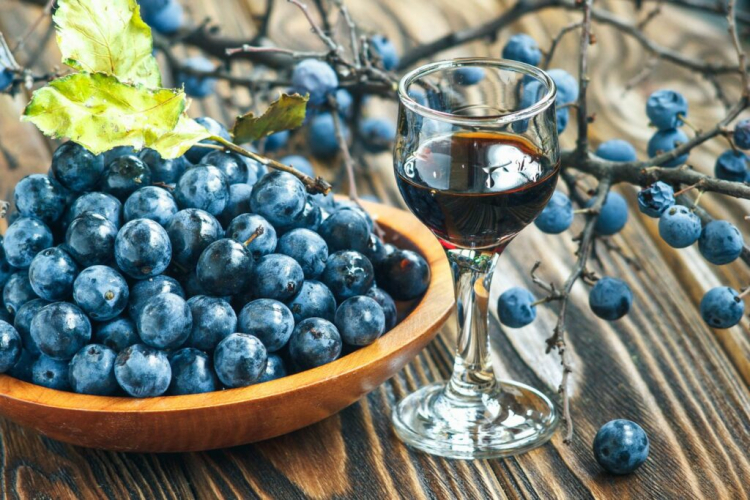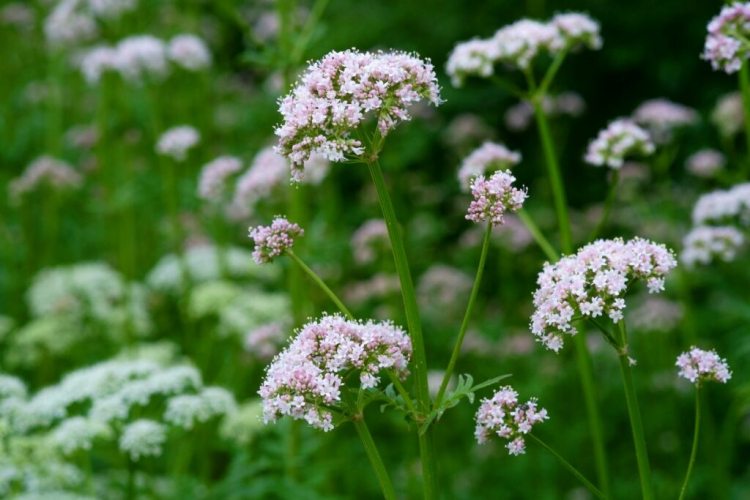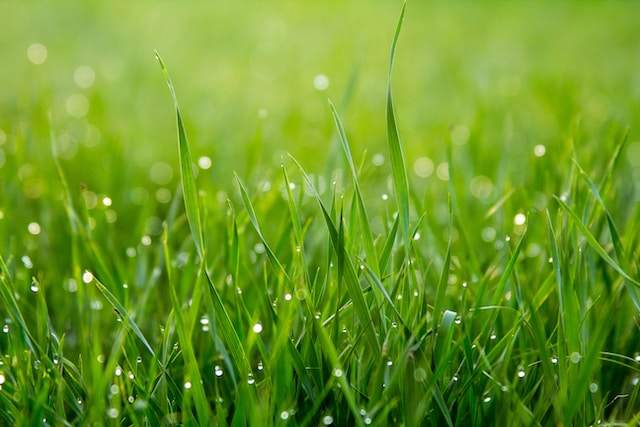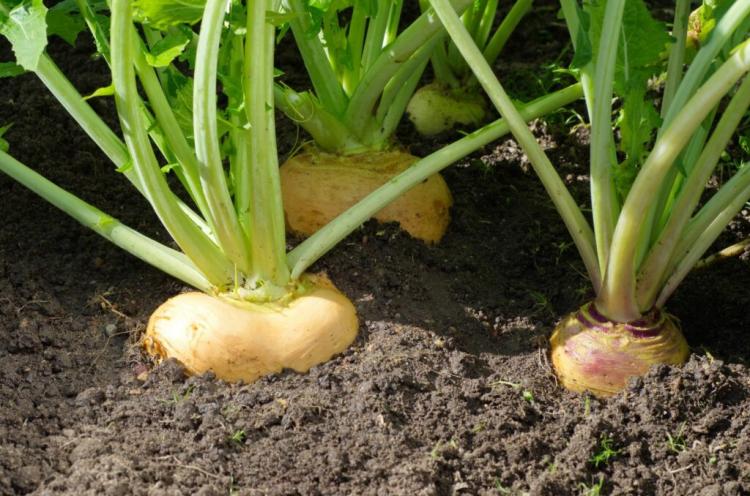Gardening In December: What To Do In The Winter Garden
The garden in December is anything but quiet – find out here which gardening work is still to be done in December and what is even in bloom in December. The end of the year is slowly approaching and it is getting colder. Nevertheless, gardening in December does not need to rest: quite the opposite, because not only the planning of the new garden year, is pending, but also some plants demand your attention in December.
The Vegetable Garden In December
Table of Contents
For the kitchen garden, December is one of the quietest months, because only a few vegetables are sown or harvested. However, the kitchen garden cannot do without care completely in December, because it is not only the right month to prepare the new garden year, but can also be used excellently for the care of your kitchen garden.
What Can Be Sown In December?
December is the darkest of all months and therefore not the best month for sowing new plants. Between the end of November and the beginning of December, in frost-free weather, the chervil can be sown in the bed to be ready for next year’s harvest.
After that, only hardy representatives such as winter portulaca (Claytonia perfoliata), garden cress (Lepidium sativum), and lamb’s lettuce (Valerianella locusta) can be sown in the greenhouse in December and grow there slowly until they can be harvested in February when the weather is frost-free.
Wild garlic (Allium ursinum) can also be planted in the greenhouse in winter as a cold germinators and even benefits from the low temperatures.
In contrast, December is perfect for putting microgreens on the windowsill: Cress, parsley (Petroselinum crispum), and many other vegetables can be easily sown and cultivated on the windowsill in December. By the way, due to their high protein, trace element, and vitamin content, the young seedlings are very well suited to keep our health strong in winter. In addition to microgreens, sprouts can also be cultivated well in a sprout glass in December.
- Outdoor sowing: Chervil.
- Greenhouse sowing: wild garlic, lamb’s lettuce, garden cress, winter portulaca, hardy spinach varieties.
- Sowing on the windowsill: sprouts, microgreens.
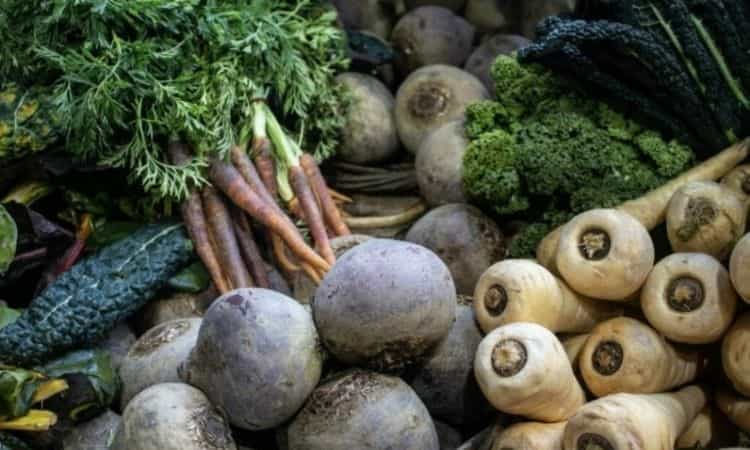
What Can You Plant In December?
Unfortunately, December is a bad month for planting new vegetables: Only particularly hardy garlic varieties (Allium sativum) can be planted outdoors in December. At a depth of 2 to 3 cm and with a distance of 10 to 15 cm between each other, the garlic can easily survive the winter and be harvested the following summer. Take care to choose a frost-free day when planting.
- Outdoor plants: Garlic.
Seasonal vegetables in December
Especially in the cold season, people long for fresh vegetables from their own cultivation. Luckily, even in December, you don’t have to do without the extra portion of vitamins and nutrients, because numerous vegetable varieties can be harvested fresh even now.
Seasonal vegetables in December include cabbage such as kale (Brassica oleracea var. sabellica) and savoy cabbage (Brassica oleracea convar. capitata var. sabauda), but also turnips such as rutabaga (Brassica napobrassica) and butter beet. Mushrooms (Agaricus) and hardy leek varieties (Allium porrum) provide fresh greenery in the kitchen in December.
If you have a greenhouse, you can also enjoy a rich harvest of spinach (Spinacia oleracea) and celery tubers (Apium graveolens var. rapaceum). Even salad lovers get their money’s worth in December: lamb’s lettuce and chicory (Cichorium intybus var. foliosum) can be harvested on frost-free days in December.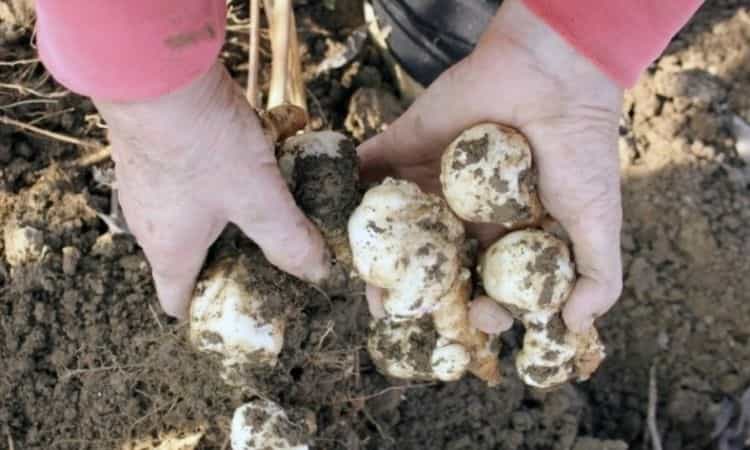
- Vegetables: Mushrooms, butter beet, kale, parsnips, leek, Brussels sprouts, black salsify, turnip, Jerusalem artichoke, savoy cabbage
- Lettuce: chicory, endive salad, lamb’s lettuce, purslane
- In the greenhouse: spinach, celery tubers
Further work in the kitchen garden in December
Of course, gardening in December does not only consist of sowing and harvesting. In our gardening tips for December, we will tell you which other work is due in December.
- Digging up the soil: If you are plagued by particularly heavy clay soils in your kitchen garden, you can use December to dig up your soil before the first frost. During the cold season, the so-called frost fermentation occurs, when water deposits in the soil freeze and the coarse clods of earth virtually burst. In spring, a fine-crumbly soil is finally left behind, which is ideal for growing vegetables.
- Use raised beds: If you have your own raised bed, you should never leave it empty in December. In fact, raised beds can also be used wonderfully in winter, as their temperature is about 5°C higher than that of the open field, making them ideal for growing “conditionally” frost hardy plants such as spinach, sugarloaf, or endive.
- Propagate Jerusalem Artichoke: December is not only the harvest time for the Jerusalem Artichoke (Helianthus tuberosus), you can also propagate the plant wonderfully in the same step. For this purpose, the largest and most well-formed tubers are sorted out after harvesting and put back into the earth, where they sprout again in spring.

The Ornamental Garden In December
In winter everything is cold and grey? That’s not true – in the ornamental garden, there are some beauties to be found even in December, which delight us with their pretty flowers or their impressive leaf coloration.
What Blooms In December?
Many associate December with evergreen plants, such as firs (Abies) or holly (Ilex), but only rarely with colorful flowers. In fact, some beauties also show their impressive flowers in December. But what blooms in December?
One of the classics among the flowering plants in December is, for example, the Christmas rose (Helleborus niger), which presents its white or pink flowers from December to March in all weathers. Snow heather (Erica x darleyensis) is also one of the most popular winter bloomers. Its pink flowers often make for a splash of color in the garden as early as December and are excellent as ground cover.
Also among the shrubs and bushes, there are still many plants that bloom in December: Winter Snowball (Viburnum bodnatense) and Scented Snowball (Viburnum farreri) show their striking flowers already in winter and also Witch hazel (Hamamelis) opens its bright yellow, orange or red flowers often already in December. Also, the winter cherry (Prunus subhirtella ‘Autumnalis’) enchants with its splendid blossoms. The yellow winter jasmine (Jasminum nudiflorum) has a particularly bright appearance, which shows off with countless yellow flowers in December.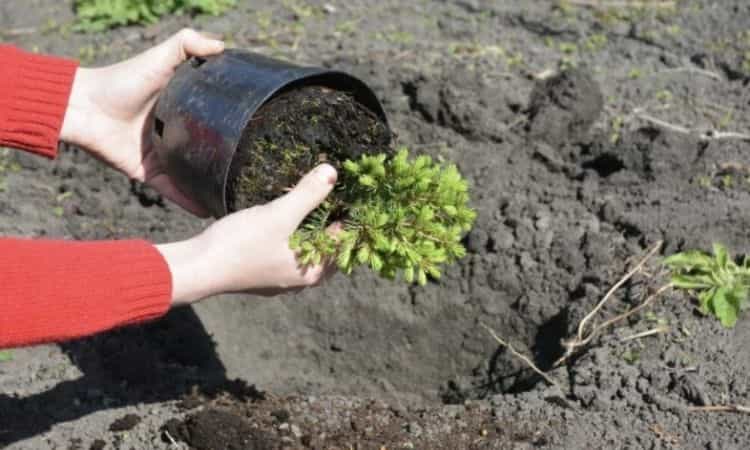
Perennials: Christmas rose, pineapple sage (Salvia rutilans ‘Pineapple Scarlet’) and garlic (Tulbaghia Violaceae) bloom in the winter quarters
Ground cover: Snow heather, Lower Himalayan blenny
Climber: Winter Jasmine
Bushes and shrubs: Mediterranean snowball, autumn-flowering camellia (Camellia sasanqua), winter cherry, winter-flowering (Chimonanthus), witch hazel
Which Flowers Can Be Planted In December?
Not only some plants bloom in December – if you want to enjoy a colorful bloom next year as well, but you should also start sowing new ornamental plants in December. Especially cold germinators should definitely be sown in December, as they need the low temperatures to overcome their dormancy.
Among the classical cold germinators are for example high mountain plants like gentian (Gentiana) or the peony (Paeonia officinalis). Also, the heart of tears (Lamprocapnos / Dicentra spectabilis) and the fragrant violet (Viola odorata) need the cold stimulus to germinate.
If it is not yet freezing permanently, December is also a wonderful time to plant new trees: Rootless roses (pink), but also robust native woody plants and evergreen conifers can be planted in the bed at mild temperatures and frost-free soil.
- Perennials: peony, fragrant violets, wolfsbane, gentian, the heart of tears.
- Woody plants: cherry laurel, privet, roses, holly, wild roses.
Further Gardening Work In The Ornamental Garden In December
So that the ornamental garden can also shine in its full splendor in the coming year, it is particularly important to take good care of it in December. We have therefore summarized further gardening tips for December in the ornamental garden here for you.
Frost protection: Particularly exotic ornamental plants such as oleanders (Nerium oleander) and citrus plants do not tolerate frost and should therefore move to their new location for the winter at the beginning of December at the latest – with oranges, you should even avoid temperatures below 5 °C during the winter. Less sensitive potted plants can also be left outside in December, but it is worth applying for frost protection: A jute bag filled with leaves around the pot or polystyrene plates under the pot keep the cold out and thus prevent the pot from freezing through.
Do not forget to water the pot: Especially when December is dry and mild, you should reach for the watering can from time to time and provide water to flowering and wintergreen plants. Only when temperatures are below freezing, it is not advisable to give water, as it cannot penetrate deep enough into the frozen ground and, in the worst case, forms an additional layer of ice above ground.
Cut plugwoods: Forsythia (Forsythia × intermedia), Weigelie (Weigela), and other flowering shrubs can be easily propagated in December by cutting wooden plugs. To do this, cut off this year’s shoots and divide them into pencil-length pieces with one bud or a pair of buds at the top and bottom. Until planting in early spring, the matchsticks can be stored in a shady, protected place in loose soil.
Preventing snow breakage: When the first snowflakes fall from the sky in December, this can become a problem for shrubs and trees, because suddenly up to 20 kg of weight is on top of them. To prevent branches from breaking under this load, it is worthwhile to tie the branches of sensitive shrubs preventively with a loose, non-cutting band. The snow slides off the upright shoots more quickly, so the shrub has to carry less weight.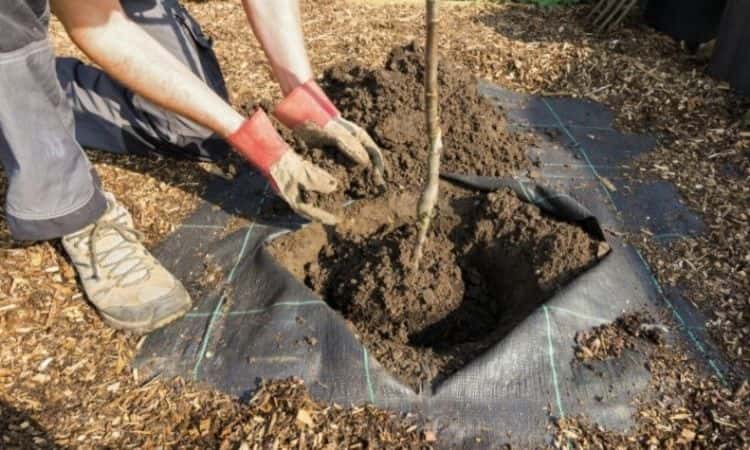
The Orchard In December
The orchard in December is one of the places where there is the least work. No wonder, after all, the fruit harvest in December is finished. Those who have already stored pears (Pyrus) and apples correctly in November can also enjoy fresh fruit from the cellar in December. However, one cannot do without work in the orchard completely in December:
Frost protection: While older fruit trees seldom have problems with severe frost, the situation is often different with younger specimens: The frosty temperatures in combination with the bright winter sun can lead to so-called frost cracks. The bark of the trees then bursts open vertically. To prevent this, it is worthwhile to coat the trees with a light-reflecting, white lime coating on frost-free days. Newly planted vines and kiwis should be protected from the cold in winter with fleece or jute bags.
Remove fruit mummies: If dried apples are still hanging from the branches in December, diseases such as monilia fruit rot are often behind them. To prevent the disease from breaking out again the following year, all fruit that has not fallen should be collected from the tree in December and then disposed of.
Graft fruit trees: Who would like to graft his cherry, pear, or apple tree, can begin in December with the rice cut. The scions, the shoots with which other fruit trees are to be grafted, are the best cut on a frost-free day. They can then be stored slightly moist and dark at temperatures of about 2°C until the time of grafting in spring. The same applies to shrubby soft fruits such as currants, gooseberries, and walnuts: Now scions can be cut from these as well.
Plant fruit: If December is mild and frost-free, it is still excellent for planting new fruit trees in the ground. Who plays thus with the thought to plant a new apple tree should use December again – naturally this applies also to plum, Kirsch, pear. Rhubarb can also still be planted in December when the weather is frost-free.
Propagation via root cuttings: Raspberry and blackberry can be propagated via root cuttings in December. The root ball of the plant is carefully exposed and 5 to 7 cm long, fleshy root parts are cut off. The root cuttings are then buried again in another place at a depth of about 5 cm and begin to develop into a new plant in spring.
The Lawn In December
If you have a lot of lawns, you can be happy in winter: In December the lawn hardly needs any attention and care, if it has been well prepared in November. The only task left at the beginning of December is to sweep away the last leaves. These should not stay on the lawn, as the grass below often dies or even starts to rot. If the lawn is free of leaves, it is best to simply leave it alone. This means that you can sit back and relax while you care for your lawn in December.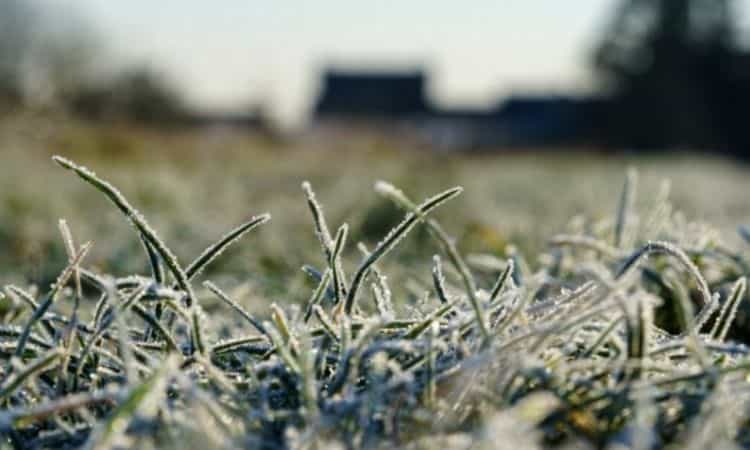
Support garden animals and insects in December
Winter is a particularly difficult time for all garden animals: lack of food resources and bad weather conditions ensure that many animals need support in December to survive the harsh season. We have compiled the most important tips for supporting garden animals and insects in December here for you.
Avoid cleaning up: Since there is less gardening to do in December, many gardeners choose to use their free time to clean up and remove wood piles, brushwood heaps, and wild hedges. For garden animals, however, this is a horror: Many have already found winter quarters in December and are rudely torn from hibernation when their hiding place is suddenly torn down – especially for hibernators like the hedgehog, this is an enormous burden that can even mean death. Also, compost should not be moved in December, because in the warming heap lizards, toads but also insects often seek shelter.
Leave the birdbath to stand: Many put their birdbath back into the shed in winter – birds take the fresh wet also in December gladly. The birdbath serves them not only as a drinking possibility but also for cleaning the plumage. This stimulates the heat balance and the production of fatty secretions, which the birds distribute in their plumage to protect them from wind and water while cleaning. For this reason, a drinking trough helps the birds to stay healthy and dry, especially in December.
Proper Care Of Indoor Plants In December
Especially at Christmas time, colorful houseplants are the highlight in room decoration. But which plants bloom in December at all and which care do the potted plants need in December?
Which House Plants Bloom In December?
Flowering houseplants in December are a must for many. Classic Christmas plants, in particular, are popular with many guests and provide colorful accents: The Christmas cactus (Schlumbergera) enchants above all the house with its strikingly colorful flowers, which appear from November to January.
Poinsettia (Euphorbia pulcherrima) and amaryllis (Hippeastrum) are also among the classics of the Advent season. Somewhat less well-known, but just as beautiful, is the Christ thorn (Euphorbia milii), which is also counted among the Christmas plants.
However, those who prefer something less Christmassy do not have to do without colorful flowers: Cyclamen persicum, Rhododendron simsii, and Kalanchoë blossfeldiana are just a selection of winter-flowering houseplants that will impress you with their magnificent flowers.
Another beautiful tradition that brings floral splendor into the house is the so-called Barbara branches. On December 4, the day of St. Barbara, branches of fruit trees, such as cherries or plums, or of early flowering ornamental trees are cut off and then placed in a vase with water.

Due to the warmth in the house, the buds of the branches begin to develop into flowers and, fitting for Christmas, the branch shows itself in full bloom. For this to happen, the branch needs a cold stimulus beforehand. If it has not yet frozen on 4 December, you can also simply put the Barbara twigs in the freezer for 12 hours. Afterward, you can put it up. This way the Barbara twigs succeed even in warmer years.
Flowering indoor plants: Begonias (Begonia), Cattleya orchids (Cattleya), Christ thorn, Flaming Käthchen, Potted azalea, Usambara violet (Saintpaulia ionantha), Christmas cactus, Poinsettia, Cyclamen
Suitable plants for Barabara branches: Prune (Prunus cerasifera ‘Nigra’), Scented Snowball (Viburnum farreri), Jasmine (Jasminum officinale), Forsythia (Forsythia), Cherry (Prunus), Almond tree (Prunus triloba), Plum (Prunus domestica).
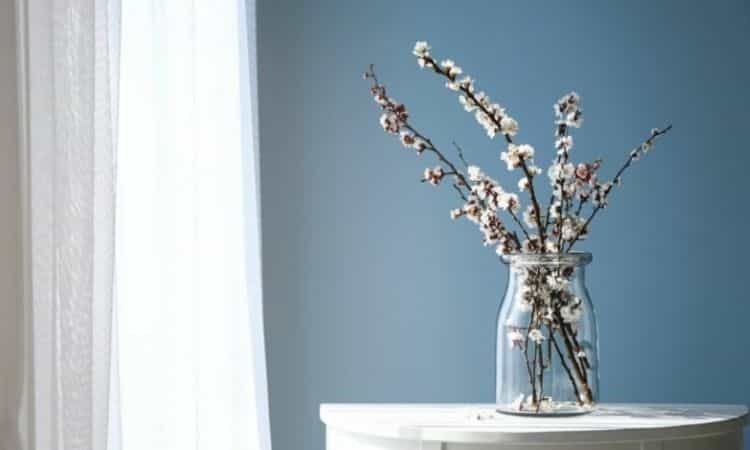
Further Work On House Plants In December
Houseplants also need regular care to keep them healthy in the long run. Especially in winter, you should therefore never neglect your houseplants. The following work must be done also in December with house plants.
Pest control: Dry heating air ensures that indoor plants are particularly susceptible to spider mites in December. You should therefore regularly check the leaves of your plants for the typical damage pattern with fine white speckles on the leaf surface.
Adjust care: In winter not only garden plants are in hibernation, but also potted plants go into a resting period. Especially plants that hibernate indoors at low temperatures hardly need any nutrients during this phase and should therefore not be fertilized. Also, the watering intervals can be slowly increased. But also indoor plants are often harmed by fertilization in winter so that you only have to pay attention to an adequate water supply.
